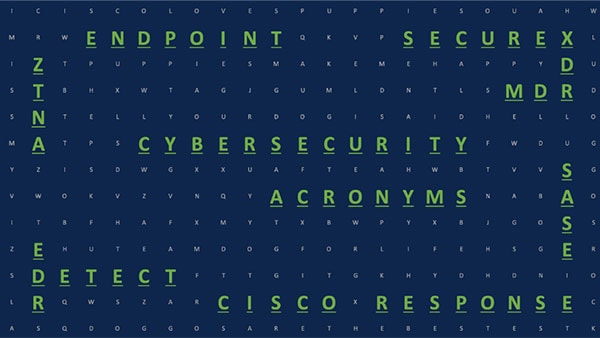What are endpoints?
Endpoints can be physical devices such as computers, laptops, printers, phones, and tablets, or virtual endpoints such as cloud services, web-based applications, and other network-accessible resources. For example, endpoints used in networking to establish communication are access points on a wireless network or the edge router in a LAN . Endpoints are assigned a network-specific IP address that identifies every device on a network.
The definition of endpoints has expanded with the addition of Internet of Things (IoT ) devices on our networks to include, badge readers, security cameras, and even fish tank thermostats as everything becomes IP-enabled and network-connected.
How can endpoint protection solutions detect and prevent malicious activity?
The saying goes, "If you can't detect it, you can't protect it." By knowing the identity of every endpoint on their network, admins can gain better visibility and control of their network security posture.
Endpoint analytics is the process of identifying and analyzing data from endpoints to provide greater visibility and control over their use and related activities. It can be used to help ensure that security policies are adhered to, detect malicious activity, identify high-risk activities, provide asset inventory, and more. Endpoint analytics can help organizations better manage their network, reduce risk, and detect and respond to threats.
Using AI/ML -enabled analytics helps security teams quickly identify which endpoints are unknown and provides detailed visibility into endpoint behavior. The AI/ML logic in endpoint analytics helps to quickly recognize and block malicious activity and threats before they become widespread. The analytics can also provide valuable insights into potential security risks and configuration errors. This helps IT quickly respond to any suspicious activity and reduce the risk of unauthorized access.
This type of security technology can be used to protect any network, from small businesses to large enterprises. By having an automated system that can detect and respond quickly to any changes in endpoint behavior, businesses can be sure that their networks are safe from malicious actors and their data is secure.

